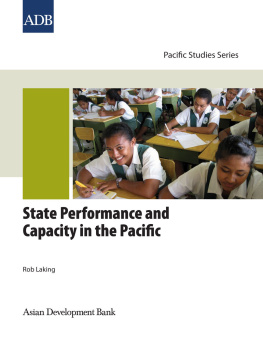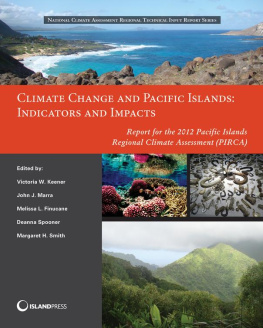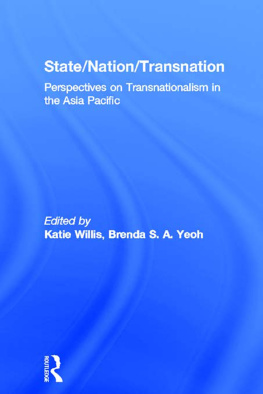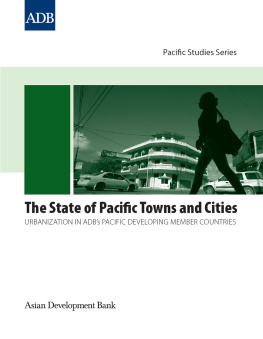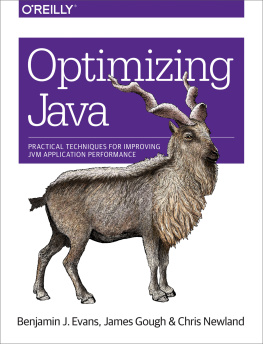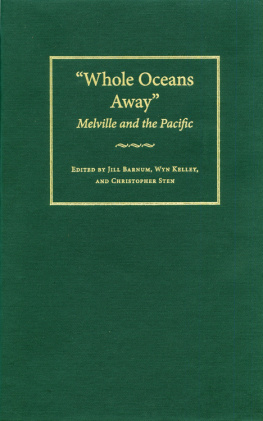Rob Laking - State Performance and Capacity in the Pacific
Here you can read online Rob Laking - State Performance and Capacity in the Pacific full text of the book (entire story) in english for free. Download pdf and epub, get meaning, cover and reviews about this ebook. year: 2010, publisher: Asian Development Bank, genre: Politics. Description of the work, (preface) as well as reviews are available. Best literature library LitArk.com created for fans of good reading and offers a wide selection of genres:
Romance novel
Science fiction
Adventure
Detective
Science
History
Home and family
Prose
Art
Politics
Computer
Non-fiction
Religion
Business
Children
Humor
Choose a favorite category and find really read worthwhile books. Enjoy immersion in the world of imagination, feel the emotions of the characters or learn something new for yourself, make an fascinating discovery.
- Book:State Performance and Capacity in the Pacific
- Author:
- Publisher:Asian Development Bank
- Genre:
- Year:2010
- Rating:4 / 5
- Favourites:Add to favourites
- Your mark:
- 80
- 1
- 2
- 3
- 4
- 5
State Performance and Capacity in the Pacific: summary, description and annotation
We offer to read an annotation, description, summary or preface (depends on what the author of the book "State Performance and Capacity in the Pacific" wrote himself). If you haven't found the necessary information about the book — write in the comments, we will try to find it.
Rob Laking: author's other books
Who wrote State Performance and Capacity in the Pacific? Find out the surname, the name of the author of the book and a list of all author's works by series.
State Performance and Capacity in the Pacific — read online for free the complete book (whole text) full work
Below is the text of the book, divided by pages. System saving the place of the last page read, allows you to conveniently read the book "State Performance and Capacity in the Pacific" online for free, without having to search again every time where you left off. Put a bookmark, and you can go to the page where you finished reading at any time.
Font size:
Interval:
Bookmark:

All rights reserved. Published in 2010.
Printed in the Philippines.
Publication Stock No. RPT101704
Mandaluyong City, Philippines: Asian Development Bank, 2010.
1550 Metro Manila, Philippines
Tel +63 2 632 4444
Fax +63 2 636 2444
www.adb.org
Fax +63 2 636 2648
| Foreword |
| Executive Summary |
| Abbreviations |
INTRODUCTION |
PUBLIC SECTOR PERFORMANCE IN THE PACIFIC |
Distinctive Characteristics of Pacific Island Countries |
COUNTRY PERFORMANCE |
Economic Performance |
Social and Environmental PerformanceProgress Toward the Millennium Development Goals |
Delivery of Social Services |
DEFINING AND MEASURING STATE CAPACITY |
The Role of the State in Development |
An Overview of State Capacity in the Pacific |
INSTITUTIONAL CAPACITY: THE COMPETENCE OF THE STATE AND OTHER INSTITUTIONS |
The State and Other Institutions |
Problems of State Institutional Capacity |
TECHNICAL CAPACITY: THE COGNITIVE CAPACITIES OF THE STATE |
Developing National Policies, Strategies, and Plans |
Linking National Plans and Budgets |
Strengthening Aid Coordination through Planning |
Building Analytical and Advisory Capacity |
Building Credible Budgets |
Major Sources of Risk to Budget Credibility |
Overview |
ADMINISTRATIVE CAPACITY: THE ARMS AND LEGS OF THE STATE |
Decentralization |
Budgetary and Financial Management: Quality is Dependent on Execution |
POLITICAL CAPACITY: DEVELOPING THE POLITICAL ECONOMY OF INCENTIVES |
Political Capacity and Good Governance |
Custom and Politics |
Donors and Political Economy |
Electoral Systems |
Legislative Oversight |
Other Checks and Balances: Oversight Bodies |
Civil Society and Nongovernment Organizations |
Media |
CONCLUSIONS AND RECOMMENDATIONS |
Institutional Development |
Developing Management Capacities |
Improving Governance |
References |

Director General
Pacific Department
Font size:
Interval:
Bookmark:
Similar books «State Performance and Capacity in the Pacific»
Look at similar books to State Performance and Capacity in the Pacific. We have selected literature similar in name and meaning in the hope of providing readers with more options to find new, interesting, not yet read works.
Discussion, reviews of the book State Performance and Capacity in the Pacific and just readers' own opinions. Leave your comments, write what you think about the work, its meaning or the main characters. Specify what exactly you liked and what you didn't like, and why you think so.

